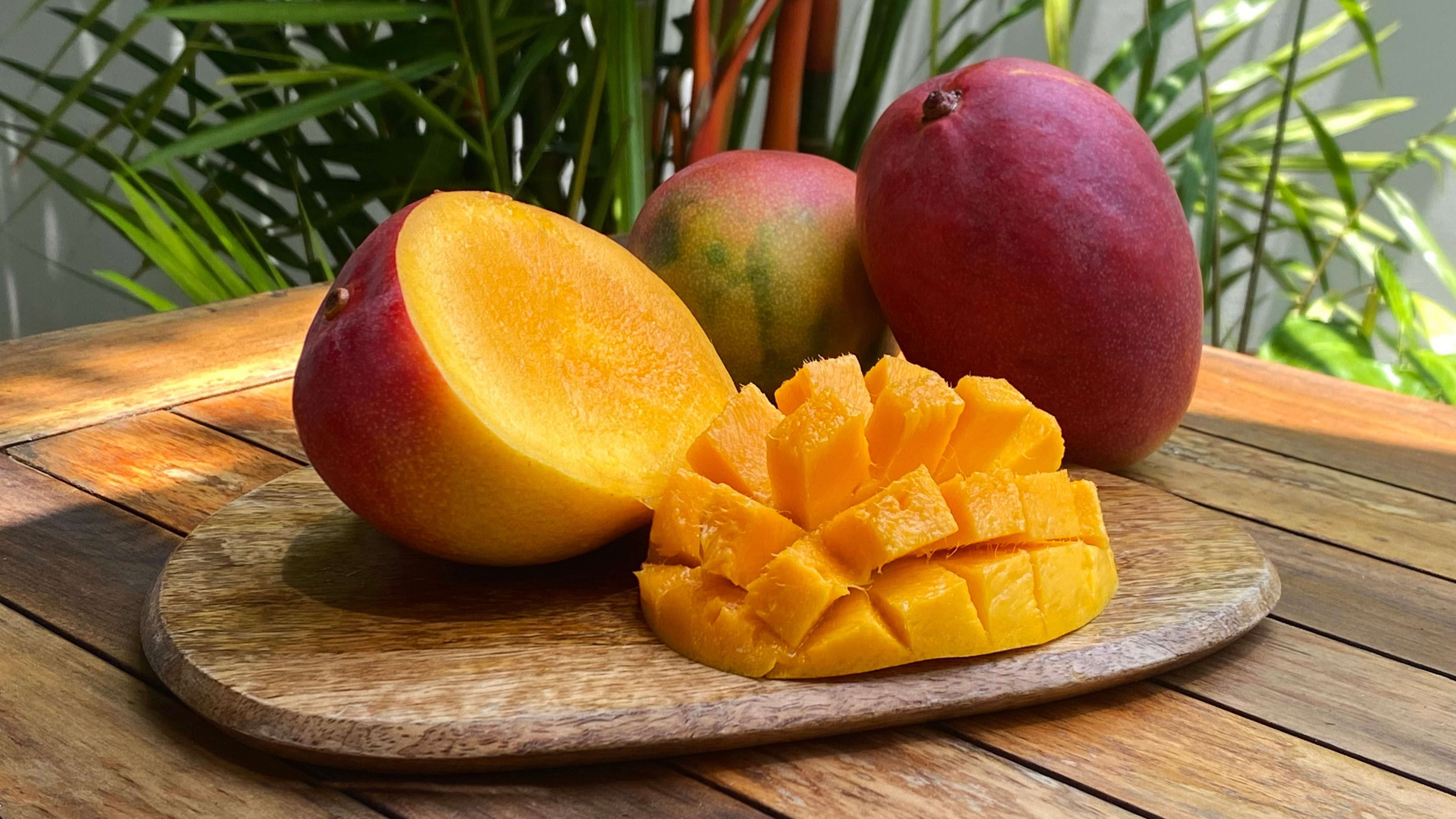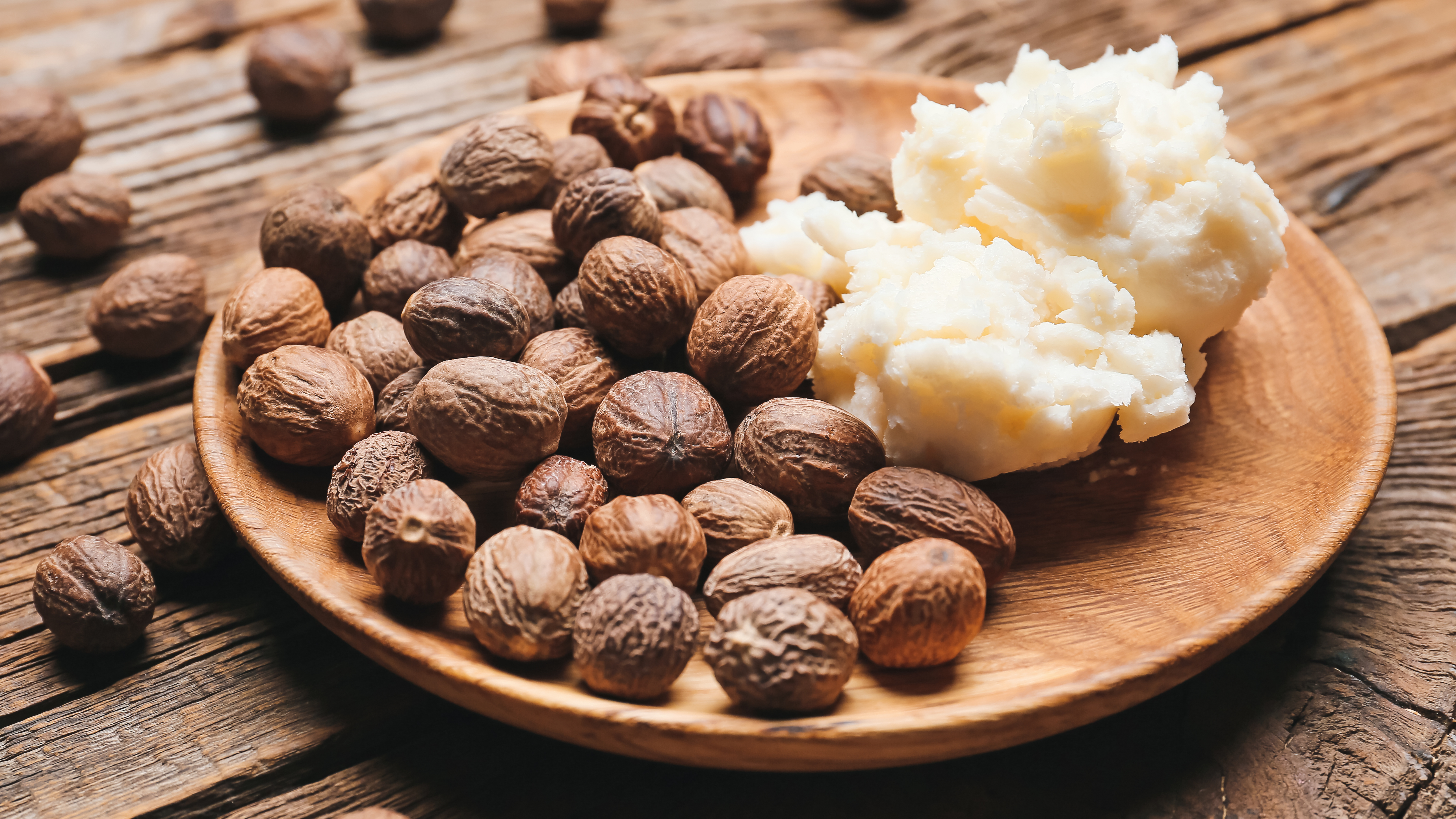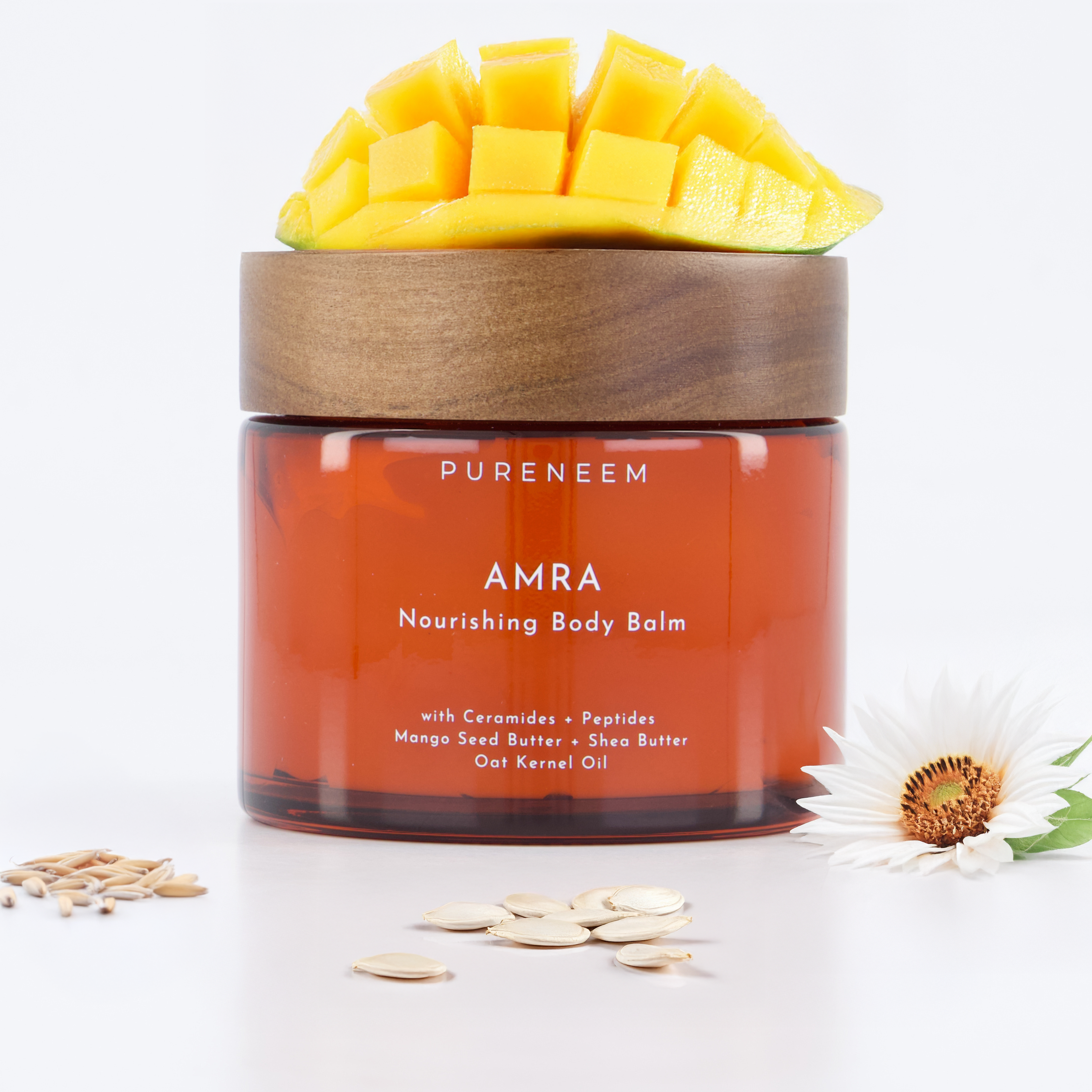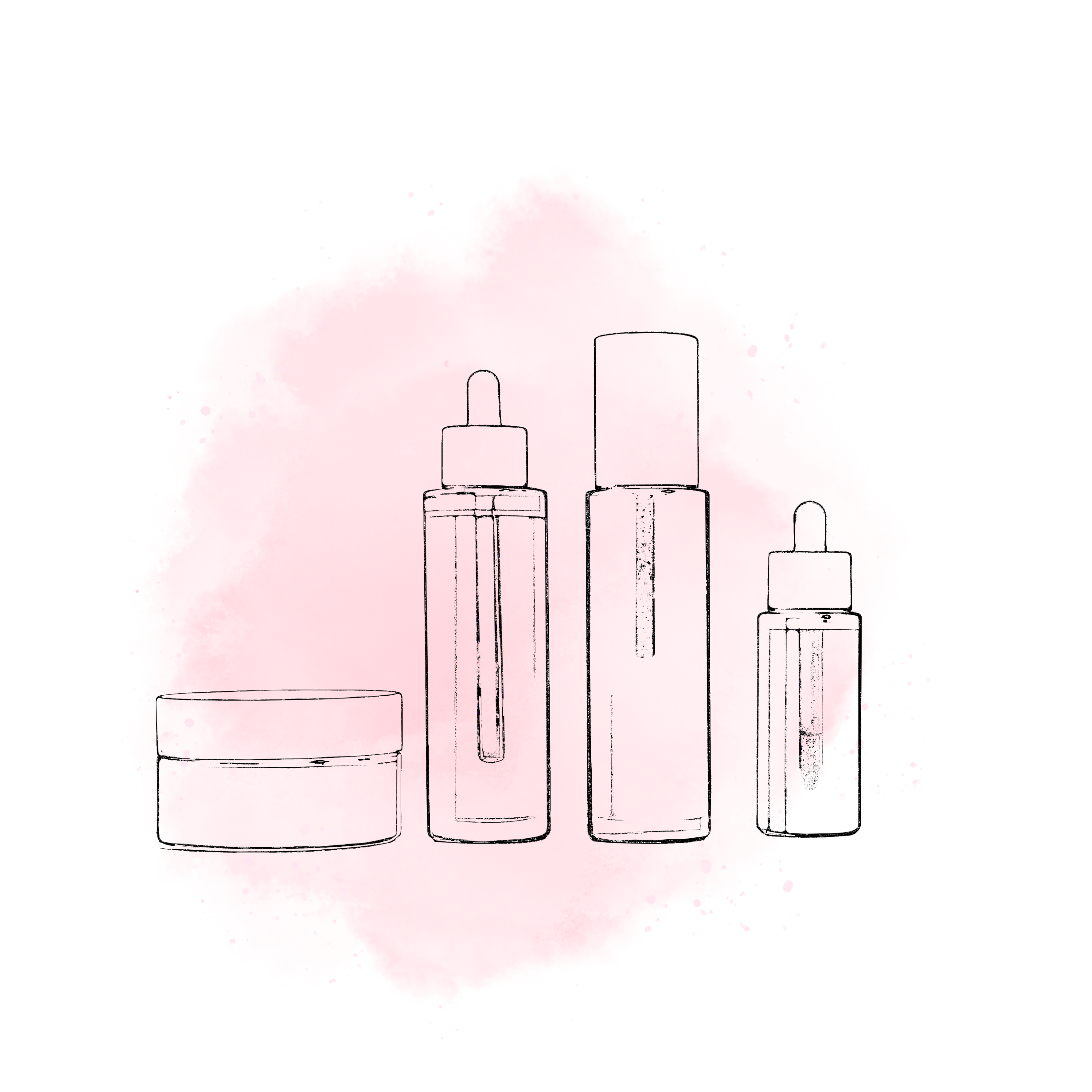Date: 27/08/25
Mango Butter vs Shea Butter: Which is Better for Your Skin?
In the realm of natural skincare, two rich, creamy butters consistently steal the spotlight: mango butter and shea butter. Both are deeply nourishing, loaded with fatty acids, and revered for their skin-softening powers—but how do they differ, and which one should you choose?
Let’s explore their unique qualities—and why PureNeem’s Amra Nourishing Body Balm features the best of both.

What Is Mango Butter?
Mango butter is derived from the kernel of the mango fruit. It’s lightweight yet highly emollient, making it perfect for moisturizing without greasiness. Rich in oleic and stearic acids, vitamin A, and antioxidants, mango butter is known for:
- Softening rough, dry skin
- Supporting collagen production and elasticity
- Helping fade scars and stretch marks
- Melting effortlessly into the skin
Its texture is silky and its finish is matte, making it ideal for daytime use or for humid climates where heavier butters can feel too rich.

What Is Shea Butter?
Shea butter comes from the nuts of the African shea tree. It’s thicker, richer, and loaded with vitamins A, E, and F, as well as triglycerides and linoleic acid. Shea butter is a powerhouse for:
- Repairing the skin barrier
- Deeply moisturizing cracked, flaky skin
- Soothing irritation, inflammation, and eczema-prone skin
- Supporting long-term skin resilience
Its richness makes it an excellent night-time moisturiser or for anyone with very dry or compromised skin.

The Synergy of Both
While these two butters have different textures and fatty acid profiles, they are not rivals—they’re allies. When used together, mango butter lends spreadability and lightness, while shea butter delivers long-lasting moisture and healing.
At PureNeem, we blend both in our Amra Nourishing Body Balm to create a luxurious, buttery texture that absorbs beautifully yet leaves your skin feeling deeply nourished and comforted. This dual-butter blend is especially effective for dry patches, winter skin, or areas that need extra love—like elbows, knees, and heels.

Final Thoughts
If you’re looking for something light, silky, and antioxidant-rich—go mango. If you need heavy-duty hydration and barrier repair—reach for shea. But if you want the ultimate body balm that gives you both softness and strength—you’ll love what the two can do together.
Nature doesn’t ask us to choose—it invites us to harmonize. And that’s exactly what we do at PureNeem.
References
- Lodén, M. (2005). The clinical benefit of moisturizers. Journal of the European Academy of Dermatology and Venereology, 19(6), 672–688.
- Huang, H. C., & Lin, T. J. (2011). A study on the antioxidant activity of mango seed kernel. Food Chemistry, 127(3), 1299–1305.
- Yamaguchi, T., et al. (2009). Effects of shea butter on skin hydration and inflammation in atopic dermatitis. Journal of Oleo Science, 58(12), 639–644.
- Saha, R., et al. (2014). Therapeutic efficacy of shea butter in the management of skin disorders: A review. Pharmacognosy Review, 8(16), 132–136.
- Mahmood, T., Akhtar, N., & Khan, B. A. (2010). The morphology, chemical structure, and wound healing potential of shea butter. Fitoterapia, 81(6), 473–480.
- Akinoso, R., & Arogundade, L. A. (2009). Moisture sorption isotherms of shea kernel. International Journal of Food Science and Technology, 44(9), 1971–1976.

